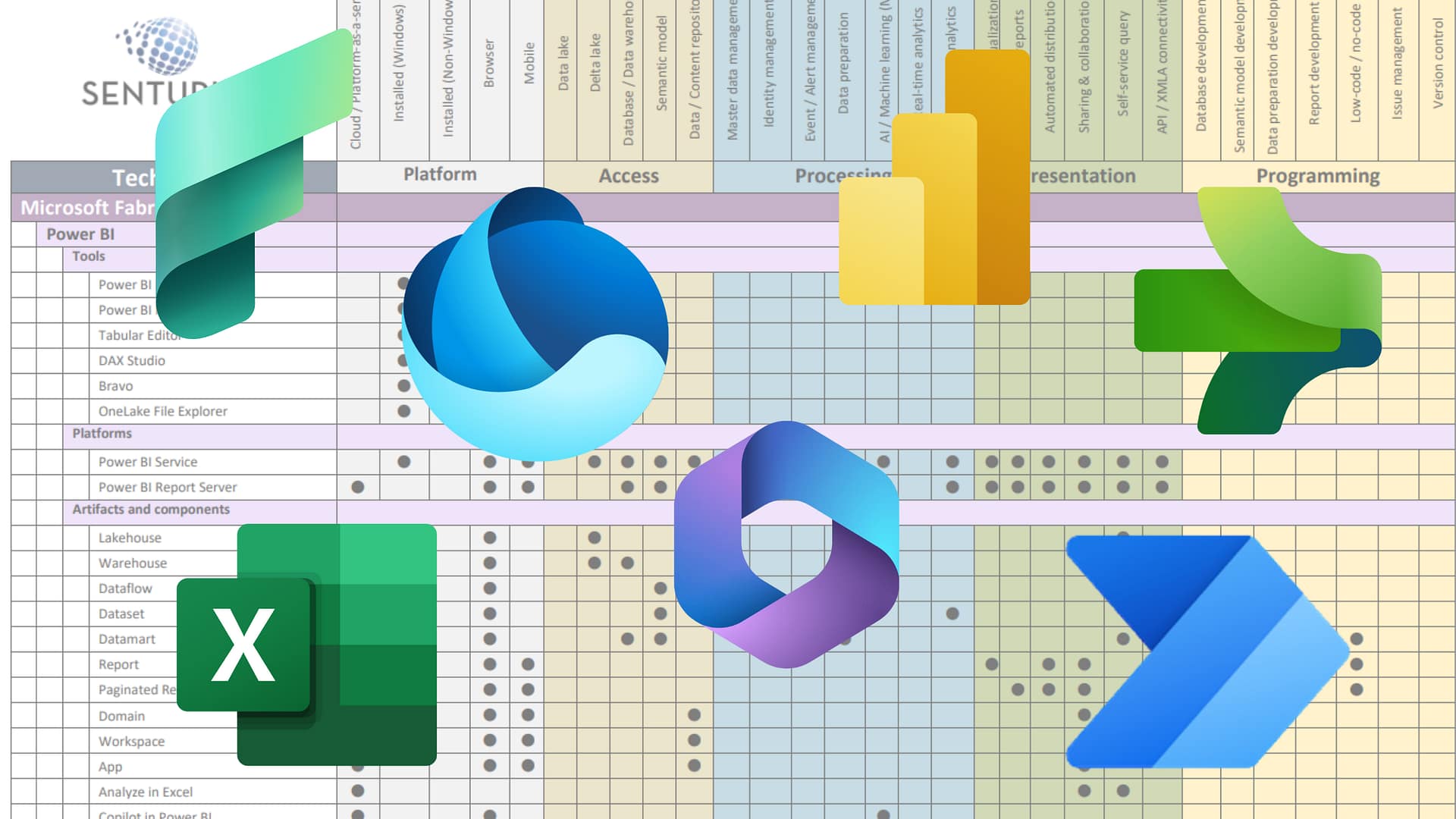TM1 can be a high performance dimensional data source for Cognos BI. Learn how these two product suites can work together to improve the BI report building process in this on-demand webinar. We share examples of TM1 capabilities.
Using Cognos BI (10.2.2) and TM1 we show demos of
- Reporting examples from a TM1 cube source
- How TM1 cube design choices impact reporting capabilities
- Text formatted cells in a BI report
Presenter
Ken O’Boyle
Solution Architect
Senturus, Inc.
Presentation outline
Overview: Why Use TM1 with Cognos BI?
- For BI Users: Reasons to Use TM1 as a Data Source
- Faster cycles from input/data load to content delivery
- Reduced ETL processes
- Reporting and analysis directly against an application
- Streamlined inclusion of planning information within the enterprise reporting platform
- For TM1 Users: Reasons to Use Cognos BI
- Enterprise-scale, web-based reporting platform
- Broaden the audience for TM1 content
- Reduce dependence on Excel
- Common BI Architecture Including Planning Information
- Streamlined BI Architecture with TM1
- Key Points
- The BI Package for a TM1 cube has a similar look and capabilities as other OLAP/DMR sources
- Common requirements can be delivered with TM1
- Balanced and Unbalanced Hierarchies
- Alternate Hierarchies
- Dimension Attributes
- Relative Time
- TM1 Dimension and Cube design impacts BI capabilities
- TM1 allows you to store text values in an OLAP source
TM1 Reports: Examples
- TM1 Reports: Package Example
- TM1 Package Characteristics
- Package is a reference to one or more TM1 Cubes
- Displayed the same as other OLAP/DMR sources
- Measures Dimension is specified in TM1 cube design
- TM1 Package Characteristics
- TM1 Reports: Hierarchies
- Balanced vs. Unbalanced
- Balanced: Example = Product
- Named levels listed accurately and consistently
- Attributes available within each level
- Unbalanced: Example = Organization
- Level based reporting is problematic
- Attributes available across the entire hierarchy
- Balanced: Example = Product
- Balanced vs. Unbalanced
- TM1 Reports: Alternate Hierarchies
- Example: Promotion_Alt_Hiers Dimension
- Use Case: Marketing Promotions
- Two hierarchies each with a with a distinct root element
- Each leaf-level element rolls up to two parent elements
- Rollups by Bundle Group and Campaign
- Example: Promotion_Alt_Hiers Dimension
- TM1 Reports: Relative Time
- Time Dimension Characteristics
- Relative time elements can be constructed (in TM1 10.2.2, they can also be generated)
- Implemented as alternate hierarchies
- Time Dimension Characteristics
- TM1 Reports: Example 1 – Crosstab with Nested Level and Attribute
- Product Sales by Year Report Design
- Product Level is nested to the right of Product Type
- Color attribute is included for each Product
- Product Sales by Year Report Design
- TM1 Reports: Example 2 – Crosstab with Relative Time
- Product Sales Comparison Report Design
- Columns are defined relative to the current time period
- Product Sales Comparison Report Design
- TM1 Reports: Example 3 – Crosstab with Separate Year and Month Dimensions
- Product Sales Year-over-Year Comparison Report Design
- Month/ quarter can be nested with year
- Not limited to current/relative time periods
- Product Sales Year-over-Year Comparison Report Design
TM1 Cube Design Options: Dimensions, Hierarchies and Attributes
- TM1 Design: Hierarchies
- Balanced vs. Unbalanced
- Balanced
- All leaf-elements are the same distance from the root element
- Unbalanced
- Distance from root element varies for leaf-level elements
- TM1 Design: Alternate Hierarchies
- Dimension Design for Alternate Hierarchies
- Elements are assigned to more than one parent
- Level names are not hierarchy specific
- Care must be taken to avoid in the design and reporting to avoid double counts
- Dimension Design for Alternate Hierarchies
- TM1 Design: Named Levels
- Level Attribute
- System-generated attribute
- Defaults Level 1 … Level n (top down)
- Defaults are ignored in BI
- Editing the Level for one element updates all peers
- Named Levels provide additional capabilities in BI
- TM1 Design: Attributes
- Attribute Characteristics
- Attribute Types: Alias, Text, Numeric
- One Alias attribute for each dimension can be set as the default display name in the BI package
- Populate at any or all levels of the hierarchy
- Attributes can be included in BI content
- Level Attribute
- TM1 Design: Relative Time
- Time Dimension Features
- Dimension Type = Time: generates common attributes
- Populate Time Dimension Wizard populate elements, hierarchy and attributes
- Right-mouse menu has option to generate relative time elements
- Time Dimension Features

